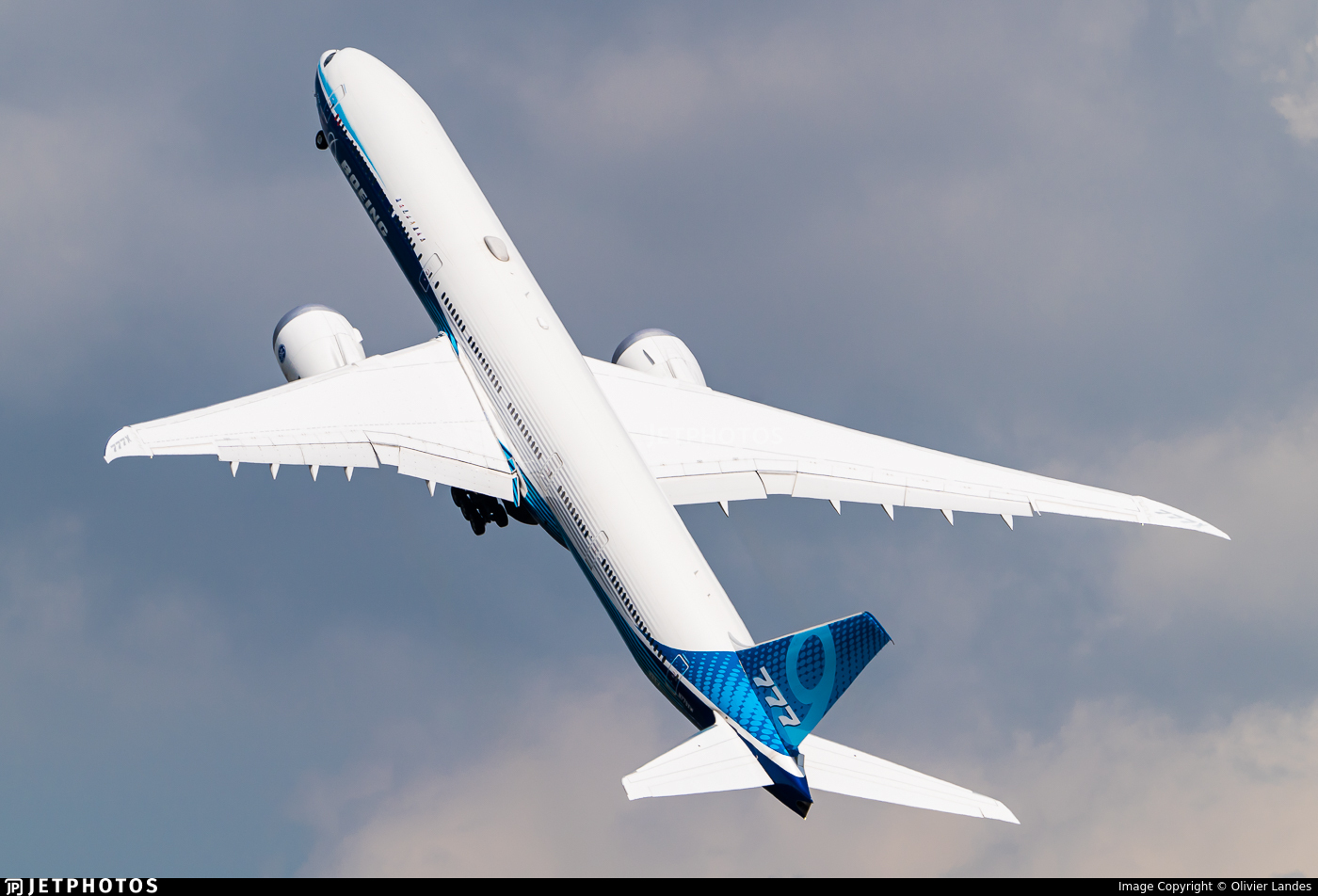As the Singapore Airshow opens this week, we’ll be on the lookout for aircraft orders from a few major airlines. There are often multiple stages to any aircraft order, with a “firm” order where money changes hands the final step. We break down the various types of orders so you can better understand what it means when airlines make announcements regarding their fleets.
Thinking about an aircraft order: Letter of Intent (LoI)
A letter of Intent (LoI) takes place in the early stages of ordering an aircraft, and shows all parties concerned that an airline is willing to purchase an aircraft. The purpose of this is to set down all the legalities, such as the conditions of the order, to all those involved in the order. This always contains the price the buyer is willing to offer for the aircraft. In fact, nearly all airlines order aircraft in bulk, taking advantage of volume discount pricing from a manufacturer. This is particularly noticeable in low-cost airlines, who will often have their entire fleet made up of a single aircraft type to cut costs, including aircraft procurement.
Pretty sure about the aircraft order: Memorandum of Understanding (MoU)
A Memorandum of Understanding (MoU) is the next stage in aircraft purchase and is very similar to an LoI. They are both agreements between the airline and the manufacturer over the details of the purchase. However, the key difference is that an LoI is not legally binding, meaning that details can be changed before the MoU is signed. The benefit of signing an LoI before an MoU is that if the euro (the currency which is used by Airbus for purchases) or the US dollar (the currency used by Boeing for purchases) experience fluctuations, the purchase price can be adapted to account for this.
Definitely placing an aircraft order: Firm order
The third key stage, and often the last in the purchase of aircraft, is the firm order. This is when an airline places the deposit for the aircraft, with penalties agreed on if the buyer wants to back out of the purchase. This often consists of losing the deposit, as well as paying additional expenses such as the cost of any demonstrative flights given to the airline. In the firm order, manufacturing slots (a designated time period in which the aircraft will be produced) are set in place.
Options to purchase more aircraft
Options are an additional step in the process buyers can take if they wish to purchase more aircraft due to an increase in foreseen demand. A manufacturer will set aside additional future production slots for the airline at a reasonable price. Buyers can then exercise these options to ensure that they have the additional aircraft for their fleets when they need them. Any future options are often listed alongside firm orders, for instance, Ryanair’s recent order of “up to 300” Boeing 737-10 MAX aircraft includes 150 firm orders and 150 options. Airlines or lessors can exercise all or part of their options based on the negotiated contract with the manufacturer.
The post The different types of aircraft orders appeared first on Flightradar24 Blog.
